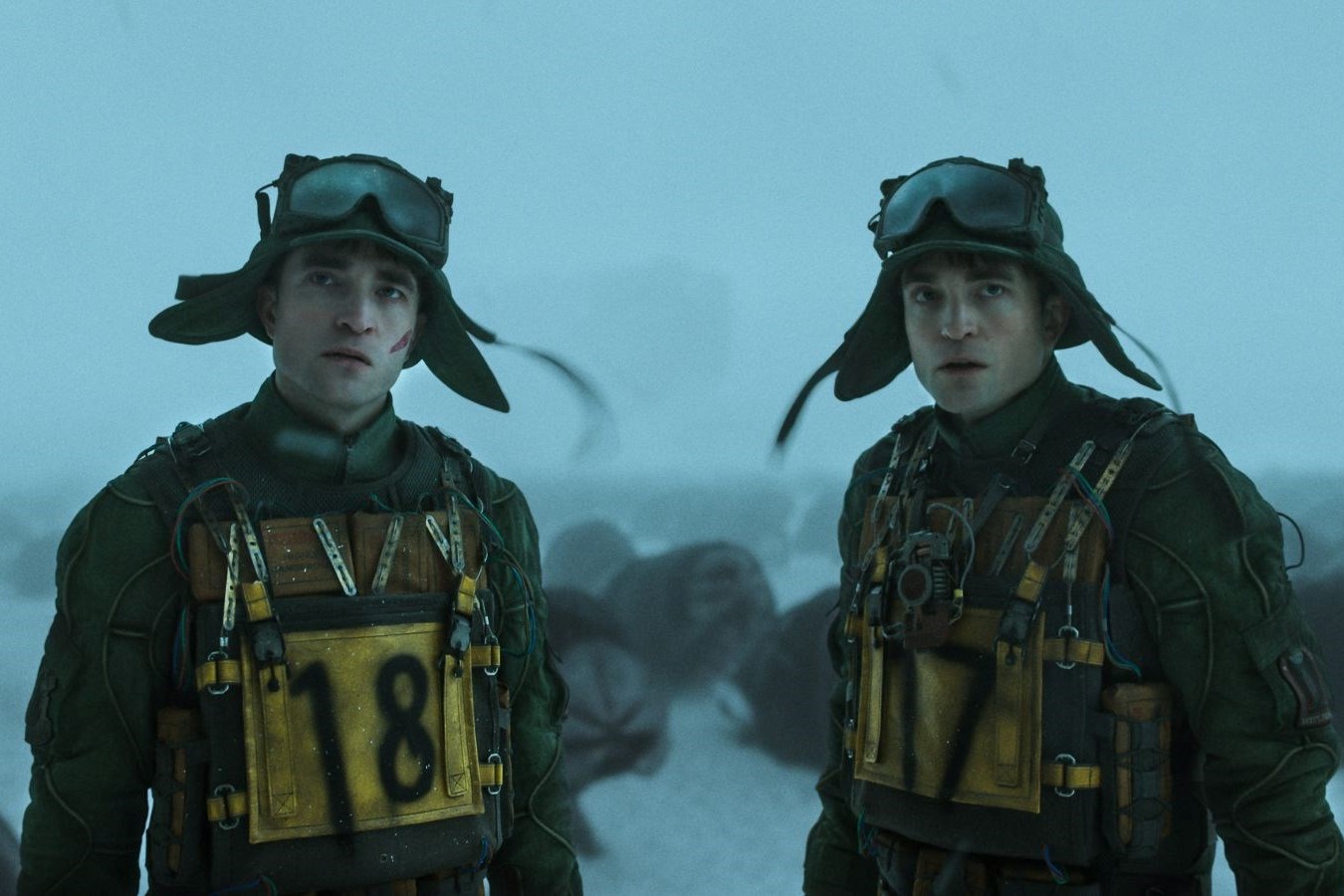A new documentary shines a light on John Curry, the groundbreaking skating talent and the world’s first openly gay ice dancer
Who? Born in Birmingham in 1949, John Curry grew up admiring dance, and aspired to pursue the art form himself. “I wanted to be a dancer, I was allowed to ice skate,” says Curry in The Ice King, a new documentary which traces his life and career in skating. “Because it was a sport, they thought it was okay.” ‘They’ refers to his parents – though it seems it was mainly Curry’s father who was anti-dance, his mother, Rita, supported the fusion of ice skating and dancing that the skater eventually pioneered.
Curry made a name for himself as a young skater after becoming the British Champion in 1971 with his balletic style that led to him being labelled “the Nureyev of the ice”, and which introduced graceful, emotive choreography into complex and technically challenging routines. “I wanted to skate better than anyone I had ever seen skate before, in a different way,” says Curry in the opening minutes of the documentary, hinting at his strong competitive spirit and the immense drive he felt to distinguish himself in the world of ice skating – a feat he achieved after navigating various setbacks, including the need to find a sponsor (which he did, and who sent him to train in America) and biased judging panels (the film alludes to the political tension between Europe and Russia in the 70s and how this affected scoring).

What? In 1976 Curry became one of the world’s best-known figure skaters with his turn at the Winter Olympics in Innsbruck, Austria. In fact, Curry had entered the games seeing it as the only way for his style of skating to be accepted, which it was, the judges applauding his marriage of “artistry and athleticism”. The 26-year-old’s gold medal win was accompanied by news of his homosexuality – a first confirmation of sorts, though the skater had been living somewhat openly as a gay man in London and the US. “I’m not going to turn around and say it’s not true or that I’m ashamed of it or anything else,” said Curry of his impromptu revelation, before detailing the “wave of support” he got from England; the film even depicts the letters received from Elton John and The Royal Ballet, and the same year Curry was named Sports Personality of the Year. Through both this public coming out and his innovative, skilful grace on the ice, Curry was recognised as a trailblazer in skating.

Following his Olympic glory, Curry set about further convincing the world that there was more to skating than “jump and run, jump and run”, as his Olympic coach Carlo Fassi put it. Curry invited a number of professional skaters to join The John Curry Skating Company, that would tour the world with highly complex, elegant routines characterised by a strong connection to the music they were set to. The intention was to bring together theatre, dance, music and skating in an unprecedented experience; a notable example of this was Afternoon of a Faun, a routine taking the Debussy score that traditionally soundtracked ballet and translating it onto the ice. While Curry orchestrated much of the company’s choreography, he also collaborated with icons of dance like Peter Martins and Twyla Tharp on experimental pieces of ice dance. The John Curry Skating Company’s varying shows toured for a number of years to rave reviews.

“He said ‘whatever greatness you think I have, there are demons of equal value that are inside of my soul,’” reveals an acquaintance of Curry in The Ice King, as the film documents his difficulties as well as his unquestionable successes. Such creative genius is often coupled with lows of equal enormity, and those suffered by Curry meant he was often hard to work with, pedantic and ceaselessly seeking perfection from his skaters. A sense of disillusionment shrouds the ice dancer at various points in his career – whether with the running of his company, the state of skating, or his depleting enjoyment of the art – a feeling exacerbated by the growing HIV awareness of the 1980s. Curry sought relief when his mental health struggles halted performances by staying for extended periods of time on Fire Island, New York’s “gay nirvana” – “it was sunny, it was the beach, it was no responsibility”, details The Ice King. By the time he was diagnosed with HIV and then AIDS, however, in 1987 and 1991 – and following years of interwoven success and depression – Curry had returned to England to live with his ever-supportive mother, remaining there until his death in 1994.

Why? This week The Ice King arrives on UK screens. The James Erskine-directed film explores the extraordinary impact of Curry on both the sporting and theatrical worlds. Illustrated with awe-inspiring archive footage of Curry’s performances, testimonies from his closest friends and colleagues, and many letters he wrote to them, the documentary charts the skating genius’ ascent to fame and subsequent attempts to grapple with it. Undeniable is the legacy that Curry has left in his field: much of what we see today in ice skating is owed to his talent, innovation and championing of a distinctly artistic style in the sport – despite the fact that he was once told he “shouldn’t try to make everything look so effortless and graceful”.
The Ice King is released in the UK on February 23, 2018.




